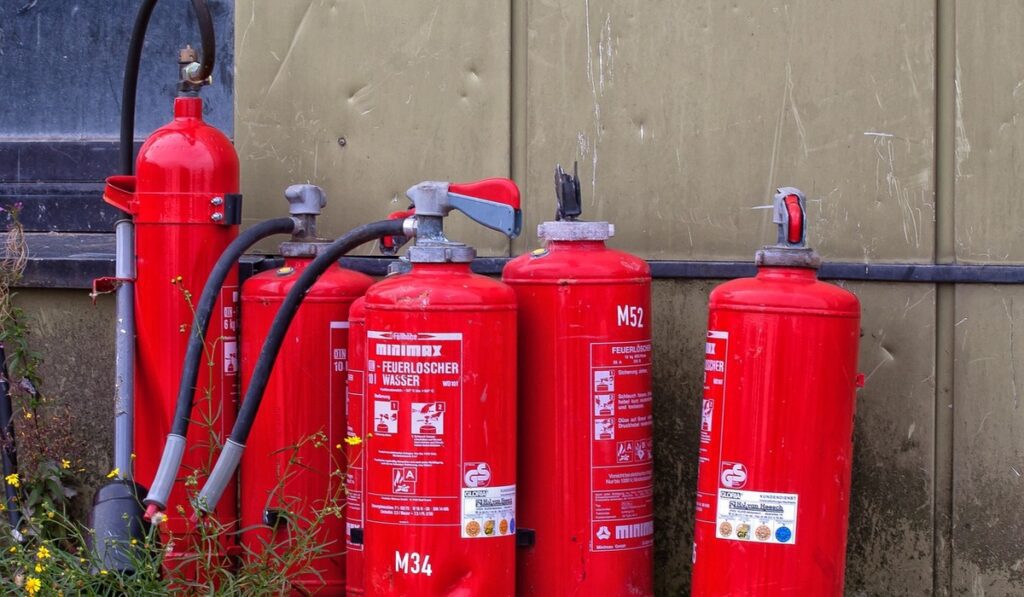
Diagnosing Emergency Light Failures: Common Issues and How to Fix Them
Maintaining emergency lights is crucial for keeping your building safe and compliant with regulations. If these lights fail during an outage or

Fire extinguishers are essential firefighting tools that can save lives and protect property when used correctly. However, understanding the different classes of fire extinguishers and their respective applications is crucial for effective fire suppression. In this blog post, we will decode the ABCs of fire extinguishers, exploring the different classes and their specific uses. By familiarising ourselves with the various types of fire extinguisher for wholesale, we can better equip ourselves to handle different fire hazards safely and efficiently.
Class A fire extinguishers are designed to suppress fires involving ordinary combustible materials such as wood, paper, fabric, and plastics. They work by cooling the burning material and reducing the fire’s heat.
Water and foam extinguishers are commonly used in Class A fire situations. However, it’s important to note that water should not be used on fires involving electrical equipment or flammable liquids, as it can exacerbate the situation.
Class B fire extinguishers are specifically designed for fires involving flammable liquids and gases, such as gasoline, oil, grease, solvents, and propane. These extinguishers work by smothering the fire and interrupting the oxygen supply.
Carbon dioxide (CO2) extinguishers and dry chemical extinguishers, such as those containing monoammonium phosphate or sodium bicarbonate, are commonly used for Class B fires. It’s important to follow safety guidelines and avoid using water-based extinguishers on Class B fires, as they can spread the flames.
Class C fire extinguishers are suitable for fires involving electrical equipment, such as wiring, appliances, and circuit breakers. These extinguishers are non-conductive and designed to interrupt the electrical current, thus eliminating the risk of electrical shock.
Carbon dioxide (CO2) extinguishers and dry chemical extinguishers are commonly used for Class C fires. It’s crucial to de-energise the electrical source before attempting to extinguish the fire to prevent the risk of re-ignition.
A Class D fire extinguisher for sale is specifically designed for fires involving combustible metals, including magnesium, titanium, lithium, potassium, and sodium. These metals require specialised extinguishing agents due to their unique characteristics.
Class D extinguishers typically use dry powder agents, such as sodium chloride or copper-based compounds, to suppress and cool the fire. It is important to note that Class D extinguishers are not suitable for use on other types of fires.
Class K fire extinguishers are specifically designed for commercial kitchens and are used to suppress fires involving cooking oils, grease, and fats. These extinguishers work by saponifying the burning oil or grease, creating a soapy foam that helps cool the fire and prevent re-ignition. Wet chemical extinguishers are commonly used for Class K fires. It’s crucial to have Class K extinguishers in commercial kitchens to effectively handle fire emergencies in this high-risk area.
By having the right fire extinguisher readily available and knowing how to use it correctly, we can protect ourselves, our property, and those around us in the event of a fire emergency. If you’re looking to purchase, talk to a reputable fire extinguisher supplier today.

Maintaining emergency lights is crucial for keeping your building safe and compliant with regulations. If these lights fail during an outage or

Installing smoke alarms is essential for keeping commercial and residential properties safe. But not every space allows for traditional wall drilling. Perhaps